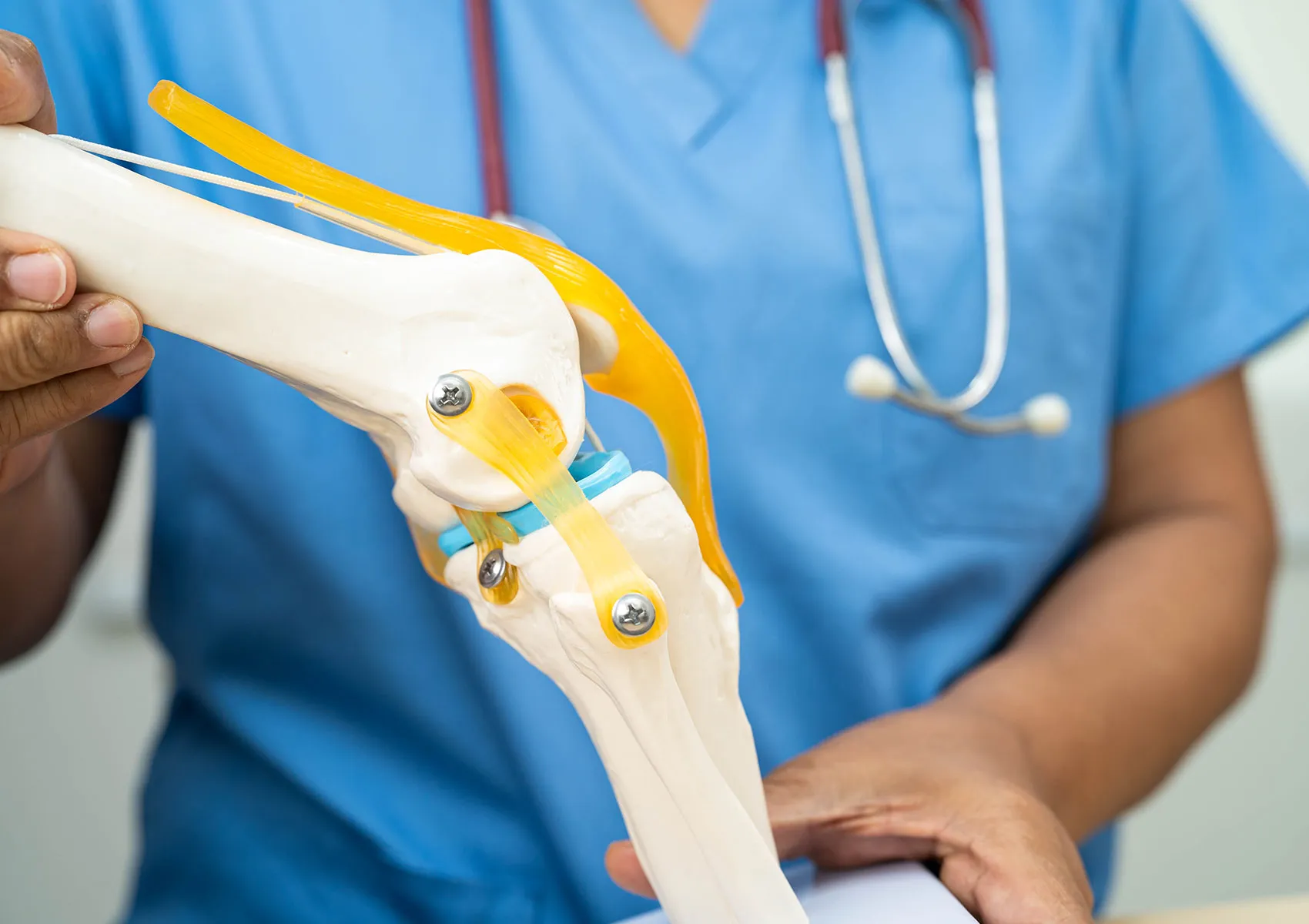What Is Osteotomy? In Which Conditions Is It Performed?
A Powerful Option in Joint-Preserving Surgery
Osteotomy, literally meaning "cutting of bone," is a surgical procedure used in orthopedic practice to correct bone alignment and restore joint mechanics. It is considered a joint-preserving technique, often preferred in younger and more active patients as an alternative to joint replacement (prosthesis) surgery.
By redistributing the mechanical load on a joint—particularly the knee or hip—osteotomy reduces stress on the worn-out or damaged area, thereby relieving pain and improving function.
What Is Osteotomy?
Osteotomy involves surgically cutting and reshaping a bone to realign a joint or correct deformities. Once the bone is cut, it is repositioned and stabilized using metal plates, screws, or wedges.
The procedure is most commonly performed in the following bones:
- Tibia (shinbone): In cases of knee joint misalignment, especially medial (inner side) arthritis
- Femur (thighbone): To correct mechanical stress on the hip joint
- Pelvis (hip socket): In congenital conditions like hip dysplasia
In Which Conditions Is Osteotomy Indicated?
1. Unilateral Knee Osteoarthritis
In early-stage medial or lateral compartment arthritis, osteotomy—especially high tibial osteotomy (HTO)—shifts the load away from the affected side to the healthy cartilage.
2. Leg Deformities (Bowlegs or Knock-Knees)
Conditions like genu varum (bowleg) or genu valgum (knock-knee) can be corrected through osteotomy for both aesthetic and functional improvement.
3. Hip Dysplasia
When the hip socket does not properly cover the femoral head, periacetabular osteotomy can reshape the pelvis to stabilize the hip joint and prevent cartilage degeneration.
4. Femoroacetabular Impingement (FAI)
In cases of abnormal contact between the femoral head and acetabulum, femoral osteotomy may help redistribute stress and improve range of motion.
5. Post-Traumatic Deformities
When a fracture heals improperly (malunion), osteotomy can be used to realign the bone and restore normal joint mechanics.
Who Is a Good Candidate for Osteotomy?
- Patients under 40 or middle-aged active individuals
- Those with localized cartilage damage (not generalized arthritis)
- Patients with good ligament and meniscal integrity
- Individuals too young for prosthetic surgery
- Athletes or physically active individuals who wish to delay joint replacement
Advantages
- Preserves the natural joint structure
- May delay or prevent the need for prosthesis
- Allows better range of motion and physical activity
- Reduces pain and improves joint alignment
- Suitable for long-term joint preservation
Disadvantages
- Technically more demanding than prosthetic surgery
- Requires careful patient selection
- Longer rehabilitation period
- Risk of delayed healing or need for revision surgery
- May eventually require joint replacement in some cases
Recovery After Osteotomy
- Hospital stay: 1–2 days on average
- Walking: Assisted walking with crutches for 2–4 weeks
- Physical therapy: Typically starts within 3–6 weeks
- Return to sports: Usually in 4–6 months
- Full recovery: Takes about 6 months to 1 year
FAQ
-
Can I walk after osteotomy surgery?
Yes, but usually with the help of crutches during the first few weeks. Full weight-bearing is gradually resumed under medical supervision.
-
Is osteotomy an alternative to knee or hip replacement?
It doesn’t replace prosthesis but can delay the need for it, especially in younger patients.
-
Is osteotomy a permanent solution?
In the right patient, it can provide long-term relief, though prosthetic surgery may still be needed in the future.
-
Is the surgery painful?
Postoperative pain is manageable with medication and usually subsides within the first few days.
-
Is physical therapy necessary after osteotomy?
Absolutely. Rehabilitation plays a key role in regaining strength, mobility, and joint function.

